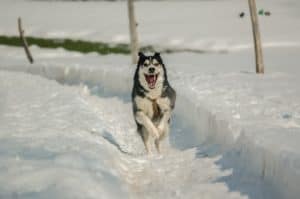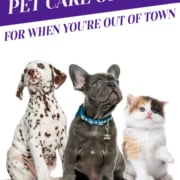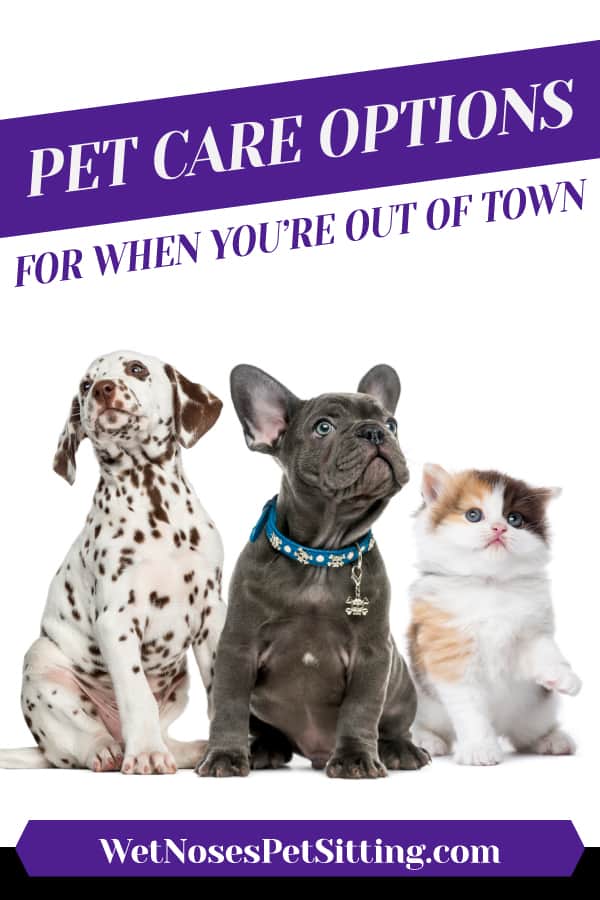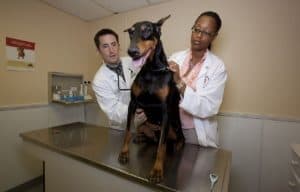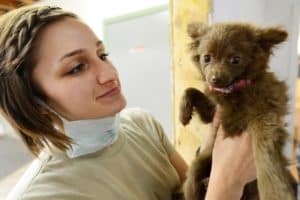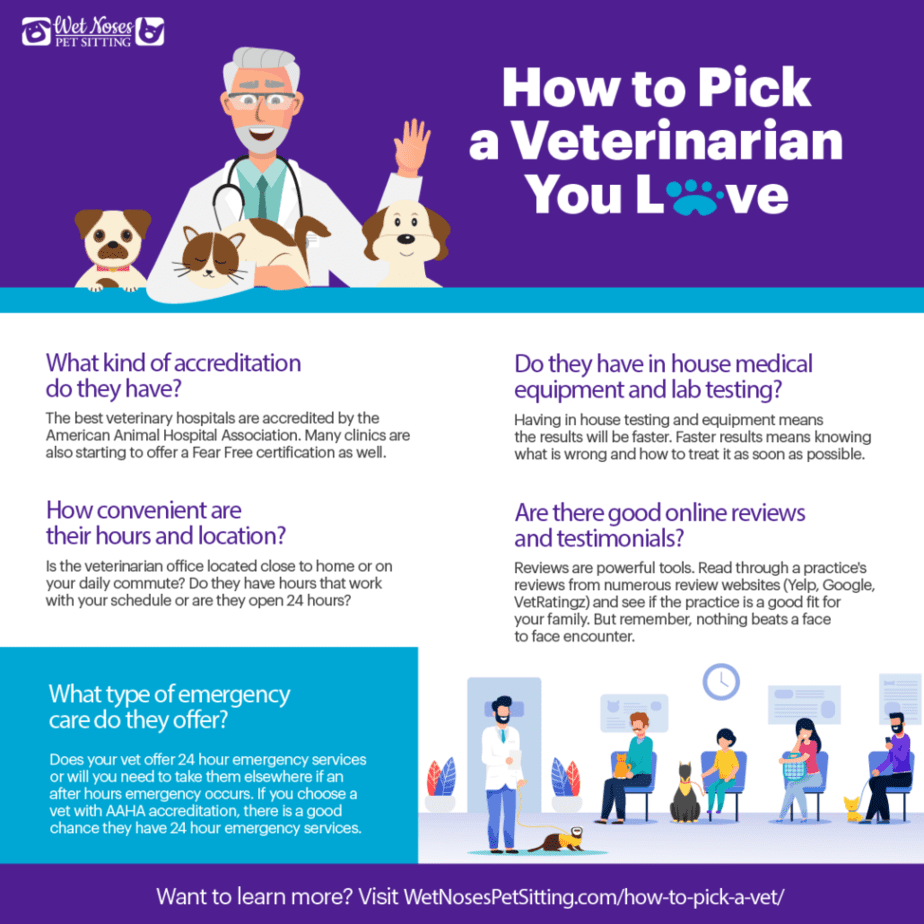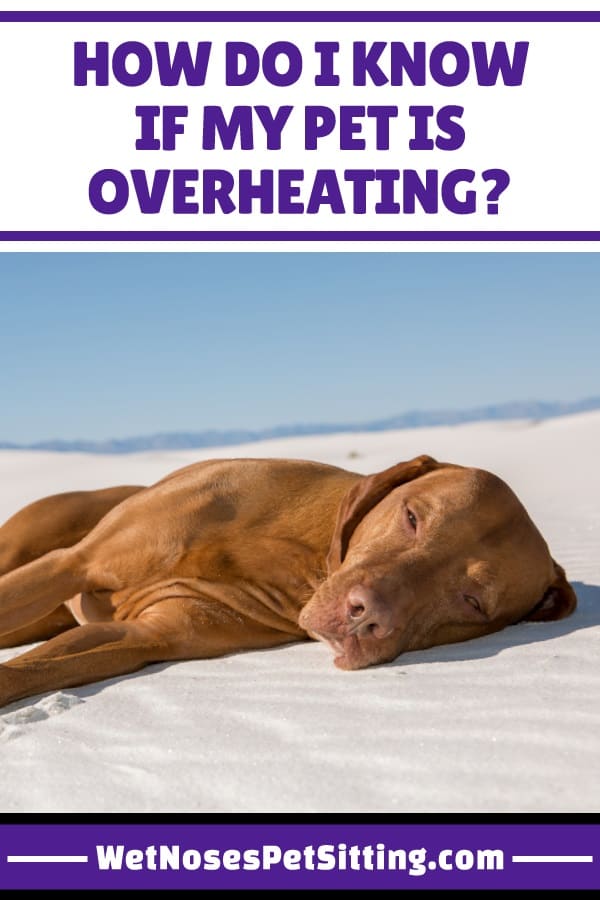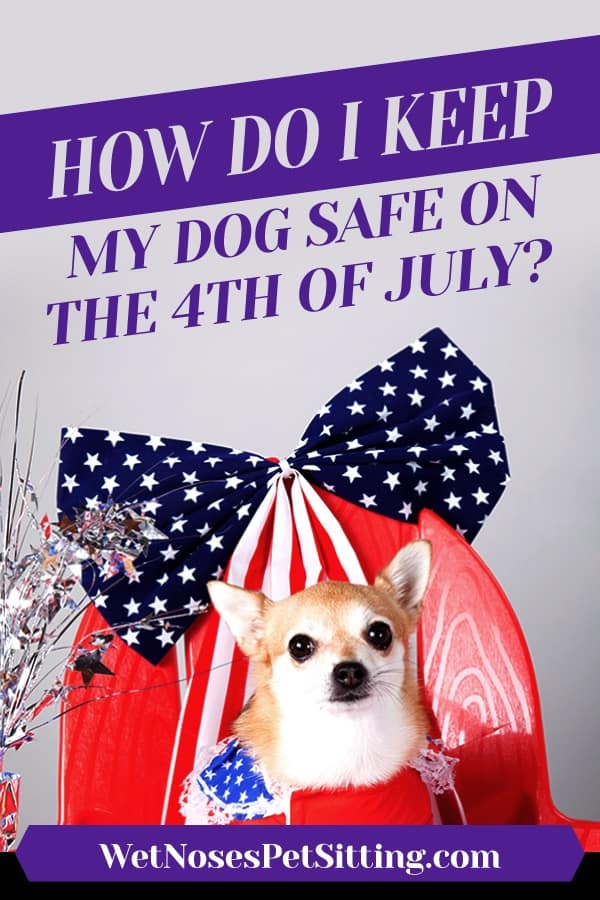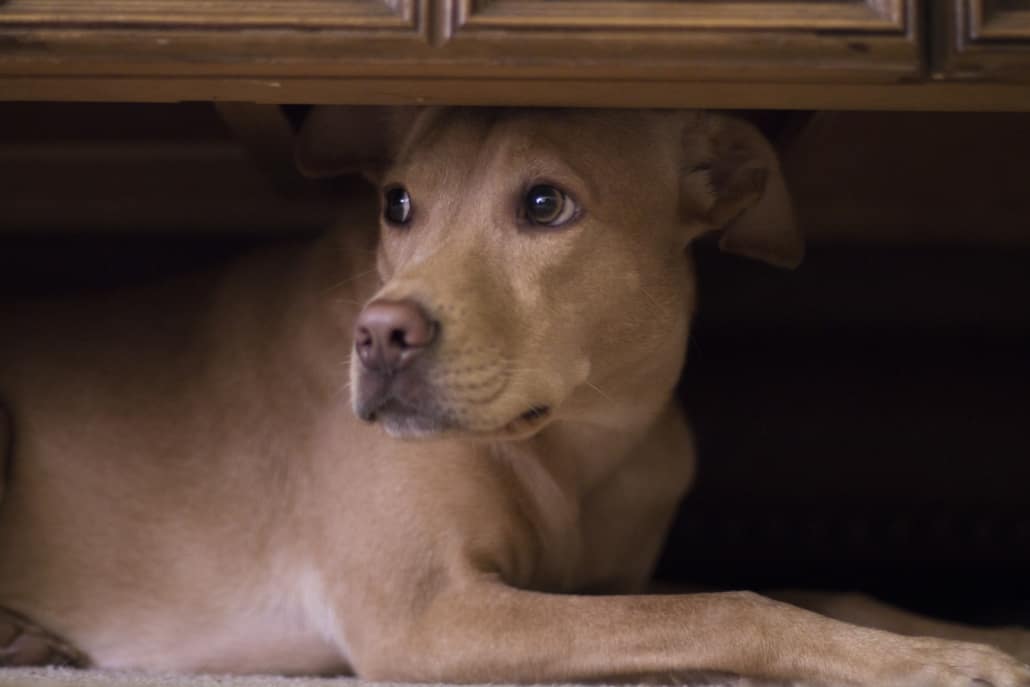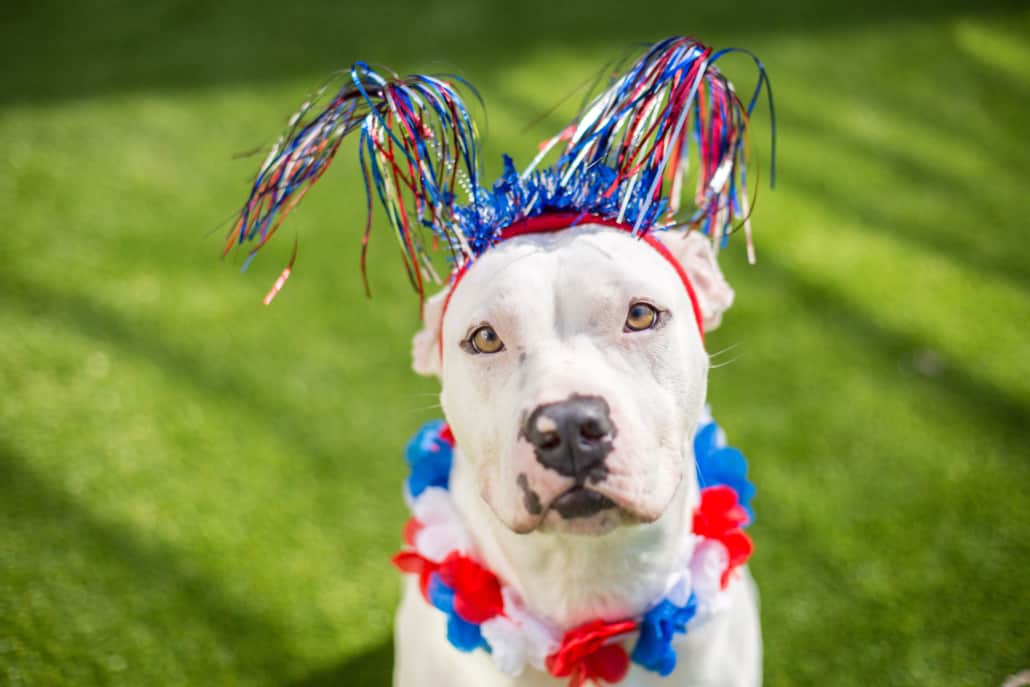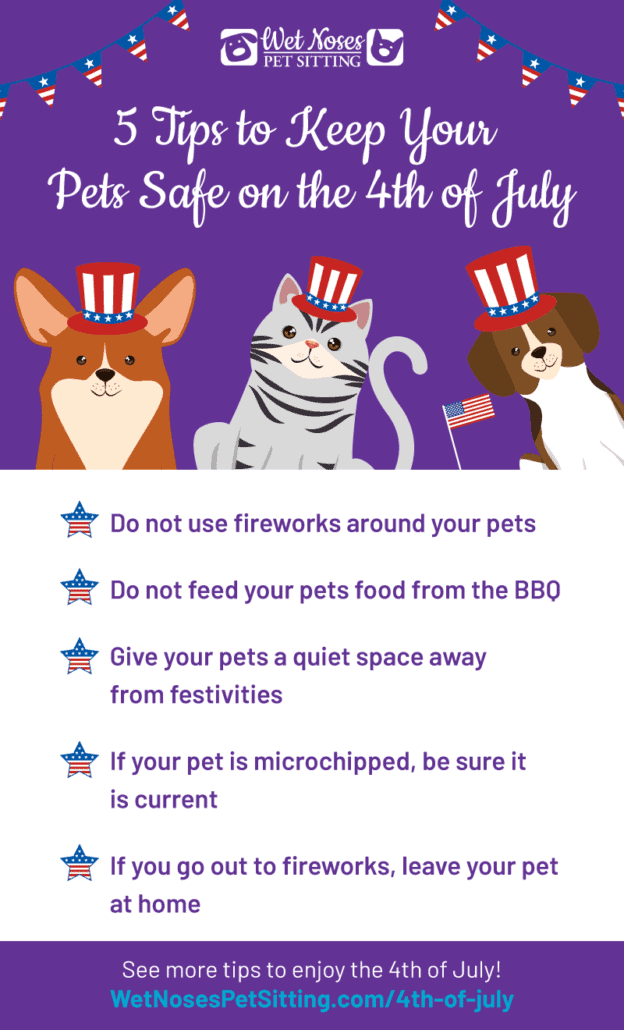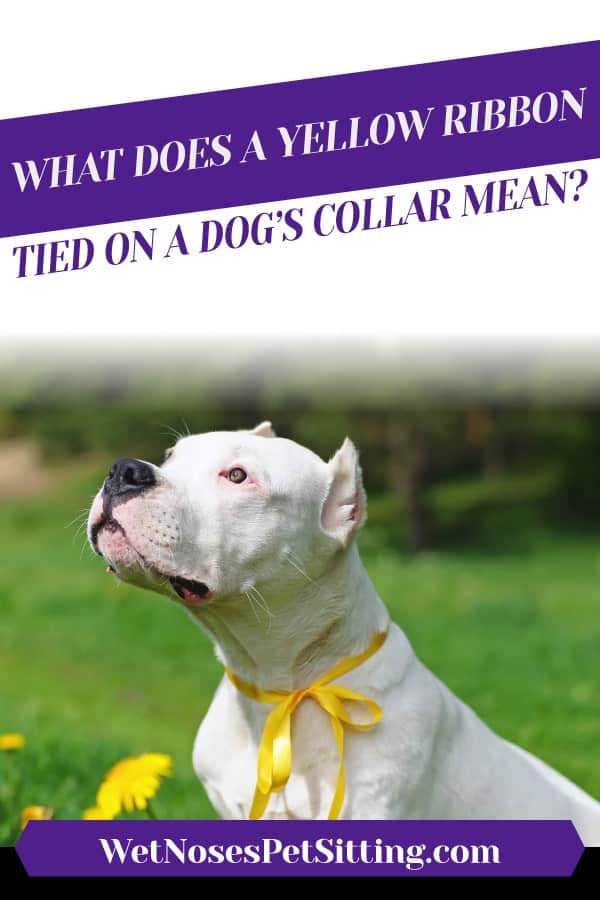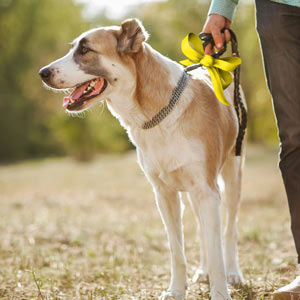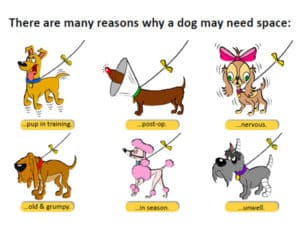Keep Your Dog and Cat Safe from Rabies
At Wet Noses Pet Sitting we are loving the beautiful weather we are seeing in Colorado. With this nice weather we are also aware of the increased chances of encountering a wild animal when out with our dogs and cats. Here we discuss everything you need to know about rabies and how to keep your furry friends safe this spring and summer!
What is Rabies?
Over the recent years rabies has making a much larger appearance in our area. Normally rabies is found more commonly in warmer states. Cold weather does not get the chance to kill as many diseased animals. Our warm winters has allowed the disease to travel more easily from animal to animal without breaking the chain.
Basically it’s a disease the attacks the central nervous system. Because of this affect on the central nervous system animals affected with rabies can often act tame or angry. It is transmitted through saliva a few days before the animal dies when the virus is being “shed”. Saliva is the only means of transmission, not blood, feces or urine, so outside of being bit by an affected animal it is unlikely your animal will be infected. Rabies also dies quickly when exposed to the air, so as saliva dries up the disease will die with it. The disease also can only travel through wounds or broken skin, not just from surface contact.
What Wild Animal Carry Rabies?
Rabies in dogs and cats comes from an encounter with a wild animal that is already infected. Species that can carry rabies:
- Bats
- Coyotes
- Foxes
- Raccoons
- Skunks
There are a few others, but these are the species that are most often seen. In Colorado the largest concerns lie with bats and skunks. Opossums can become infected with rabies but it is extremely rare due to their low body temperature making it difficult for the virus to survive in the opossums body.
How to Keep Your Dog and Cat Safe
- Vaccinate on Schedule – Follow the recommended schedule for rabies vaccinations from your veterinarian. I am not a huge fan of over vaccinating, but this is both required by law and recommended for safety, especially as rabies outbreaks are becoming more common in recent years. Most often a puppy or kitten is vaccinated around 4 months old and then a year later. Rabies vaccines come in two durations – one year and three years. Talk with your vet about which one fits your lifestyle the best. For cats, some veterinary clinics carry the adjuvanted and non adjuvanted rabies vaccine.
- Treat Any Bites Immediately – Even if your dog or cat is current on their rabies vaccine, still seek treatment from a veterinarian if your pet has contact with a wild animal. Bites can be hard to find in thick hair, especially small bites like from a bat. Get a veterinarian involved just to be safe.
- Keep Your Pet Away From Wild Animals – Most of the animals that can carry rabies are nocturnal or diurnal but rabies will make them act abnormally. If you notice a racoon, typically a nocturnal animal, out during the day it may be rabid. Avoid hiking with your dog off-leash at dusk and check your yard at night before letting your pets outside. Keep your cat indoors (good in general) unless on leash.
- Keep Wild Animals Out of Your Yard – When possible, secure fencing and make sure you are not inviting wild animals into your yard. This mean securing food so animals are not encouraged to come to eat. If you are feeding stray cats, great! Just put the food somewhere that will not encourage wild animals to come into the same area frequented by your dog or cat.
Prevention is Key!
Take these steps to keep your dog and cat safe from encountering animals with rabies. Always better safe than sorry, so if you ever have a possible run-in with a wild animal take the time to get your pet checked by a veterinarian to get any possible treatment. Keep those fur kids safe!
Here at Wet Noses we’re all about your pets safety. Here are our Cold Weather Precautions for Pets Tips and our Cat Travel Safety Tips.

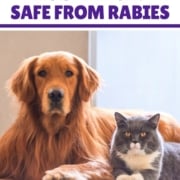
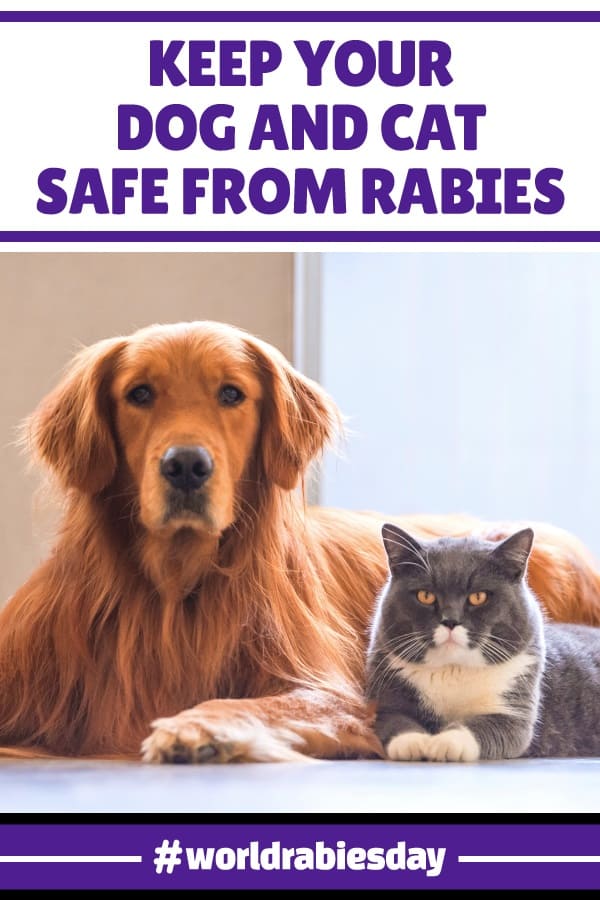
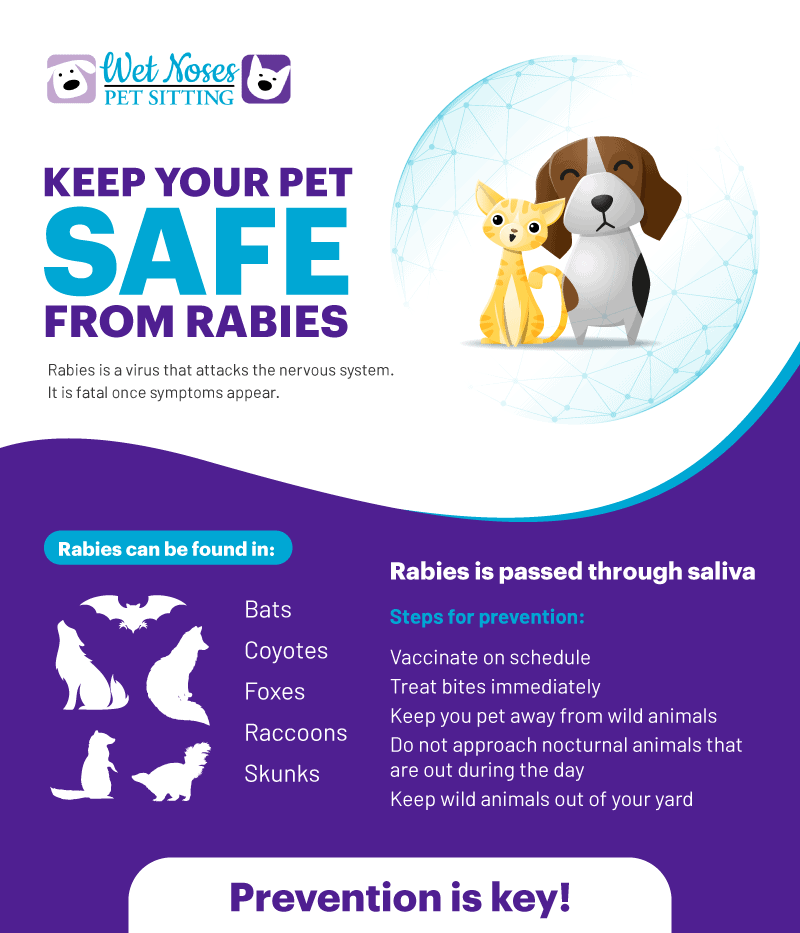

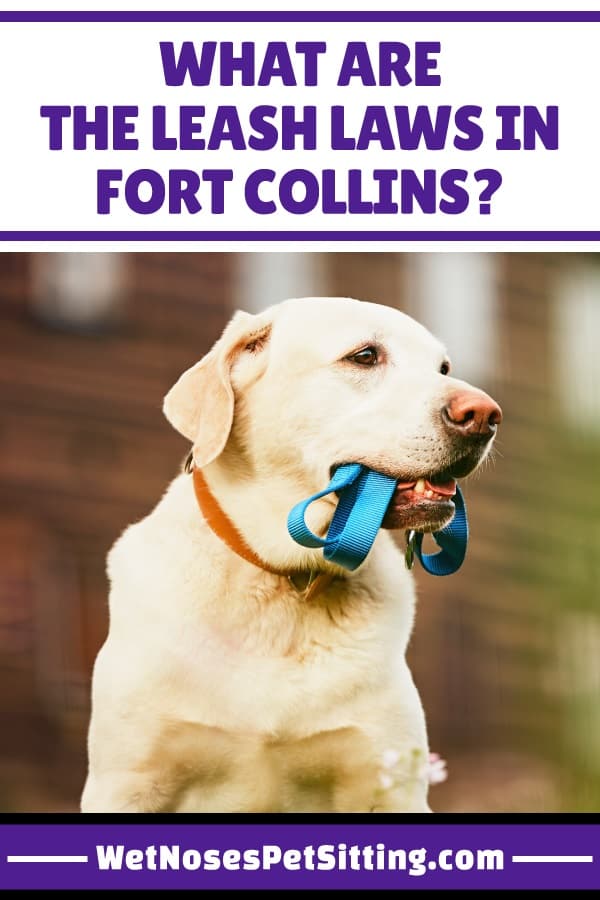

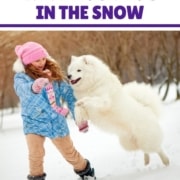
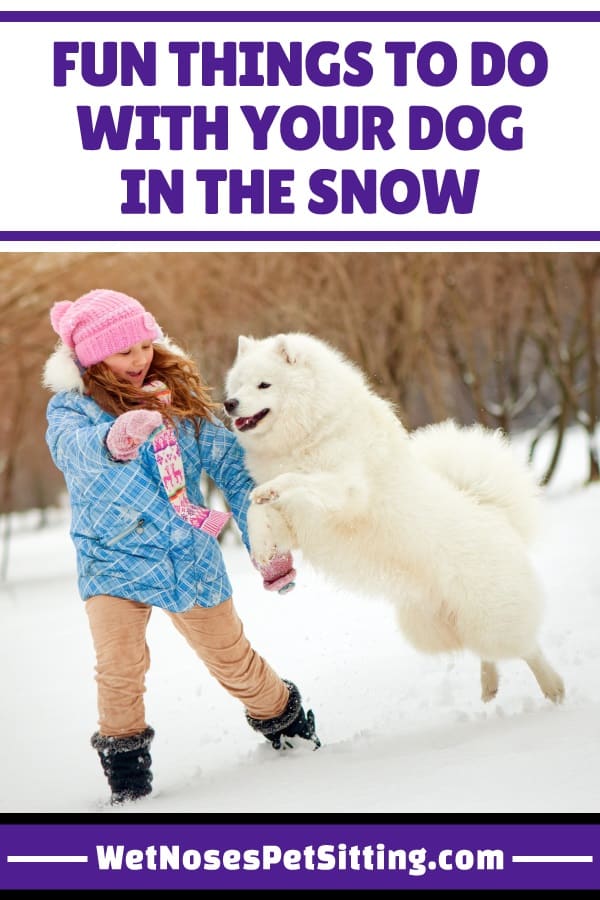
 Snowball Fights
Snowball Fights